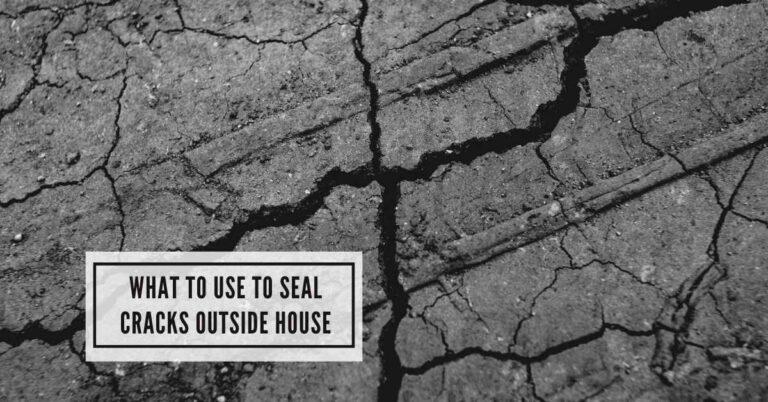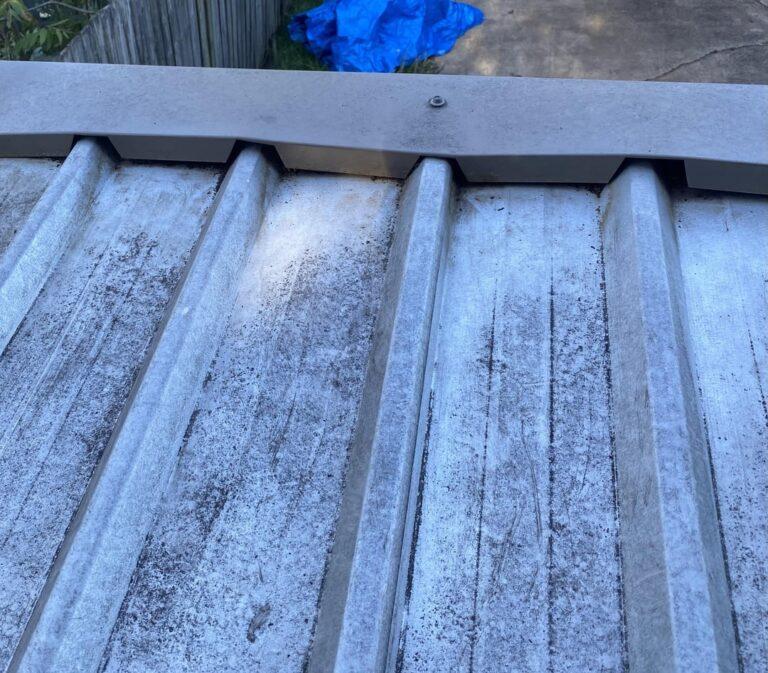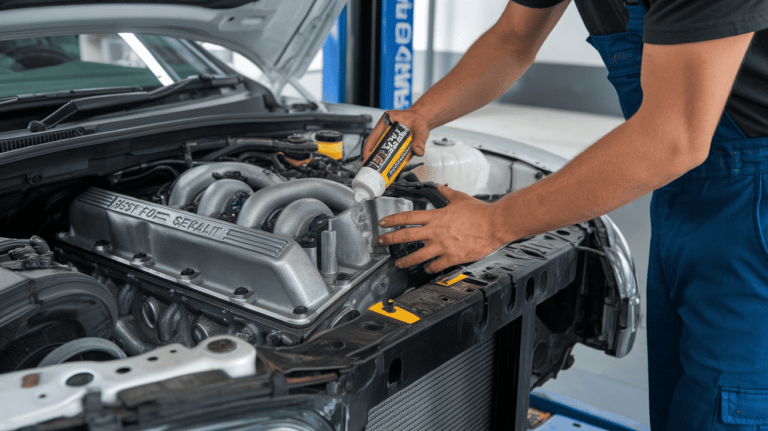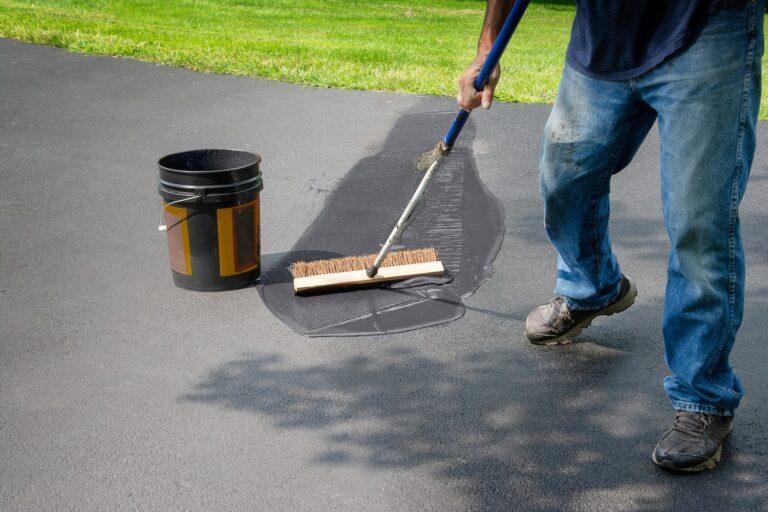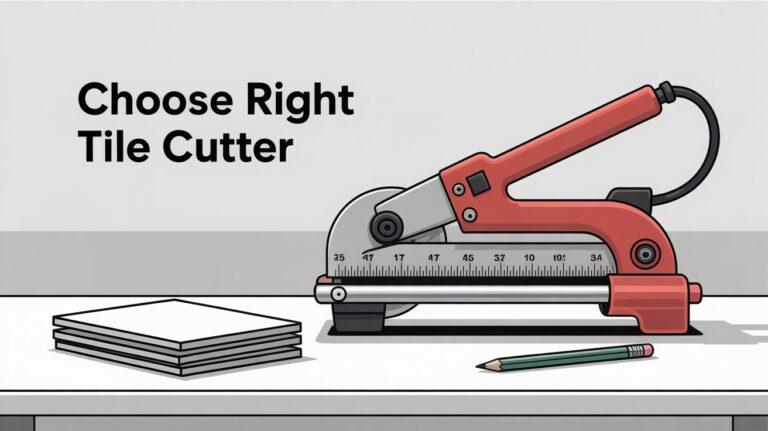The Secret to a Weatherproof Space: How to Seal Balcony Floor
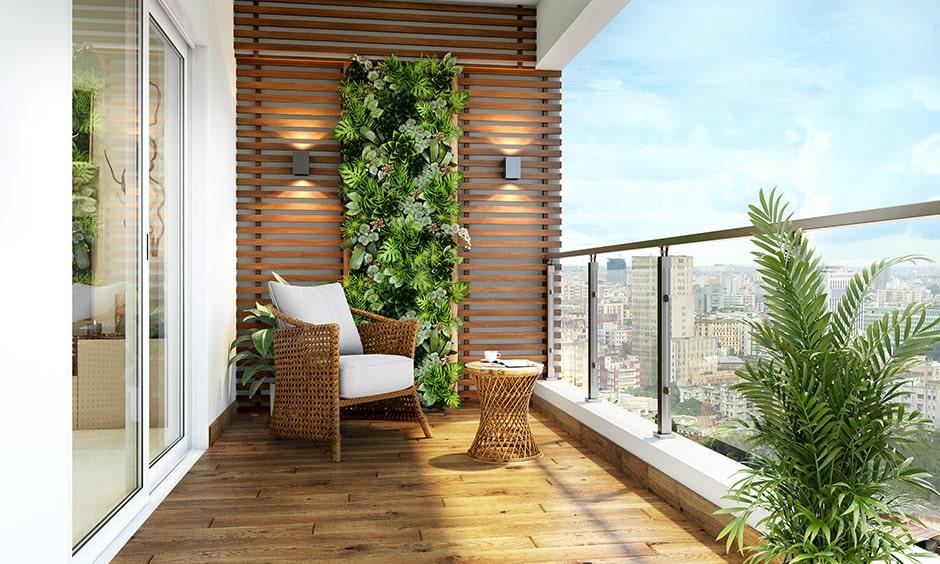
To seal a balcony floor, start by cleaning the surface and applying a waterproof sealant. Choose a sealant suited for outdoor use and follow the manufacturer’s instructions for best results.
Ensuring the longevity and safety of your balcony entails proper maintenance, which includes regularly sealing the floor. This not only safeguards the surface from water infiltration and potential damage but also maintains its aesthetic appeal. A well-sealed balcony can prevent costly repairs down the line and make your outdoor space more enjoyable.
The process involves a thorough cleaning to remove any debris or existing deterioration, which can affect the efficiency of the sealant. After cleaning, selecting the right type of sealant for your balcony’s material — be it concrete, wood, or tile — is crucial. By doing so, you provide an effective barrier against the elements and daily wear. Remember that regular inspection and touch-ups are important to keep your balcony in prime condition.
Understanding The Importance Of Sealing Your Balcony
Sealed balconies resist water and mold. This keeps the structure strong. Unsealed balconies risk damage. That can lead to costly repairs. Sealing can prevent these issues.
Assessing The Current Condition Of Your Balcony Floor
Before sealing, inspect the balcony. Look for cracks, chips, or peeling. These signs need addressing first. A clean, smooth surface ensures the sealer works best.
- Check for visible wear
- Spot structural problems
- Clean the area
Preparation For Sealing The Balcony Floor
Preparing your balcony floor for sealing is like getting it ready for its best performance. Think of it as a pre-game routine for your outdoor space. A good seal can make your balcony waterproof, safe, and stunning. Before you dive into the task, let’s discuss the steps to prepare your balcony properly.
Cleaning The Surface: Steps And Tips
- Remove all furniture and items from the balcony to expose the flooring.
- Sweep away debris such as leaves, dirt, and small stones with a stiff broom.
- Use a pressure washer or a strong hose to wash away stuck-on grime. Keep water pressure in check to avoid damage.
- Mix a cleaning solution suited for your floor type. Dish soap and warm water often work well.
- Scrub tough stains with a bristle brush to ensure all dirt is gone.
- Rinse thoroughly and let the floor dry completely before proceeding.
Repairing Cracks And Damage Before Sealing
- Inspect your balcony floor closely for any cracks or damages.
- Use a putty knife to fill small cracks with concrete filler or sealant designed for outdoor use.
- For larger damage, consider a concrete patch mix. Follow the manufacturer’s instructions.
- Allow repairs to dry as per product directions before moving to the next step.
Materials And Tools Needed For Sealing The Floor
| Material/Tool | Use |
|---|---|
| Concrete or Tile Sealant | The protective layer you’ll apply |
| Roller or Brush | To apply the sealant evenly |
| Pressure Washer | For deep cleaning the surface |
| Concrete Filler | To fix cracks and holes |
| Cleaning Solution | To clean the balcony floor |
| Bristle Brush | For scrubbing stains |
| Safety Gear | Gloves and goggles for protection |
| Putty Knife | For applying filler to cracks |
Gather these items beforehand and keep them handy. With everything at your fingertips, you’ll be sealing your balcony floor efficiently and effectively. Now, let’s get that balcony ready to shine!
Choosing The Right Sealant For Your Balcony
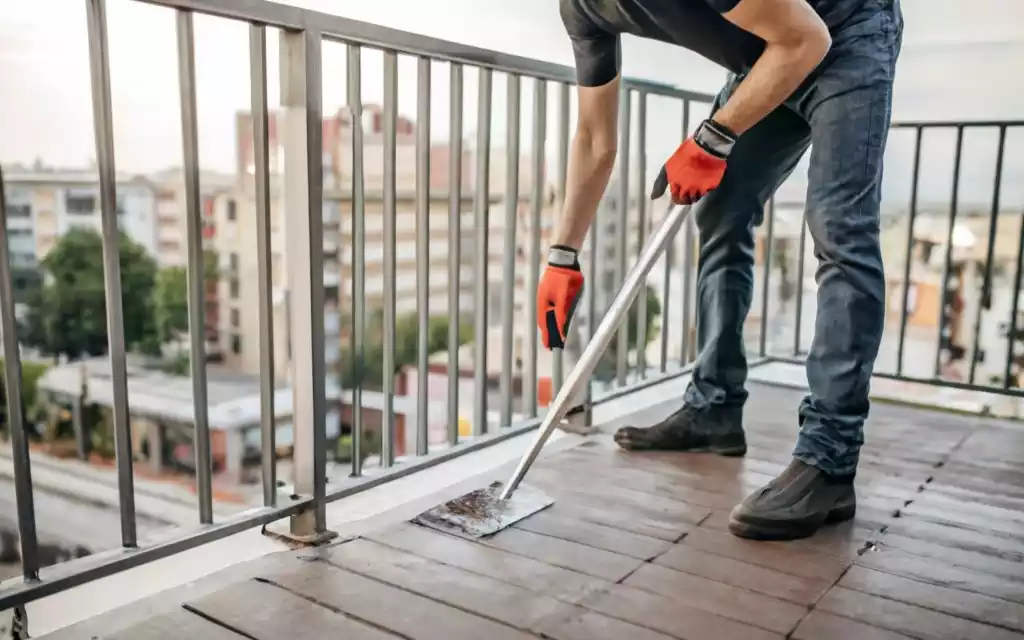
Sealing a balcony floor is crucial to protect it from water damage and wear. The key lies in selecting a sealant that fits the specific needs of your balcony material and usage. Explore the types of sealants available and their advantages and disadvantages. Understand the factors that impact your choice. Finally, find recommendations tailored to various balcony surfaces for maximum protection.
Types Of Sealants: Pros And Cons
Different sealants offer unique benefits. The choice greatly depends on the balcony’s material, exposure to weather, and the look you desire.
- Acrylic Sealants: Easy to apply and fast drying. They are UV resistant but less durable compared to other types.
- Epoxy Sealants: Offer a strong, waterproof finish. They can be more complex to apply and take longer to dry.
- Polyurethane Sealants: Known for flexibility and long-term durability. Ideal for areas with temperature fluctuations. Can be pricey.
- Silicone Sealants: Resist mold and mildew, making them great for wet areas. Not paintable, which may limit aesthetic options.
Factors To Consider When Selecting A Sealant
Think about these factors before making a sealant decision:
- Material of Balcony: Different surfaces need different sealants.
- Weather Conditions: Some sealants withstand extreme conditions better.
- Foot Traffic: High-traffic areas may need tougher sealants.
- Finish: Choose between matte, glossy, or natural finishes.
- Application Process: Some sealants require professional application.
Recommended Products For Different Balcony Materials
Selecting the right product is crucial for a long-lasting seal. The table below suggests the best sealants for common balcony materials.
| Material | Recommended Sealant |
|---|---|
| Concrete | Acrylic-based or Epoxy |
| Wood | Polyurethane or Acrylic |
| Ceramic Tile | Silicone-based or Epoxy |
| Natural Stone | Penetrating sealers |
For instance, acrylic-based sealants are great for concrete surfaces. They offer UV protection and enhance color. Wood decks benefit from polyurethane for their flexibility and strength. Silicone is perfect for ceramic tiles, providing a water-resistant barrier. Natural stone requires a penetrating sealer to protect without altering its appearance.
The Sealing Process: Step-by-step Guide
Ensuring your balcony remains waterproof is essential. A well-sealed floor can prevent water damage. This step-by-step guide makes sealing simple and effective.
Applying The Sealant: Techniques For Even Coverage
Start with a clean and dry balcony floor. Dirt or moisture can affect the sealant’s adherence. Use a paintbrush or roller for edges and corners. Choose the right sealant for your balcony’s material. A paint tray helps in dipping rollers evenly. Work in small sections to ensure full coverage. Use smooth, even strokes to apply the sealant. Overlap each section to avoid gaps or misses. A second coat may be needed for best results.
Drying And Curing Time: What To Expect
- Read the product label for specific drying times.
- Expect a minimum of 24 hours to dry.
- Curing may take a few days to a week.
- Avoid walking on the surface during this time.
- Humidity and temperature can affect drying times.
Precautions And Best Practices During Application
Wear gloves and protective eyewear. Ensure good ventilation. Keep children and pets away during application. Always follow the manufacturer’s instructions. Test the sealant in a small area before full application. Be mindful of weather conditions; avoid application during extreme temperatures or rain forecast. Clean tools immediately after use.
Maintaining Your Sealed Balcony Floor
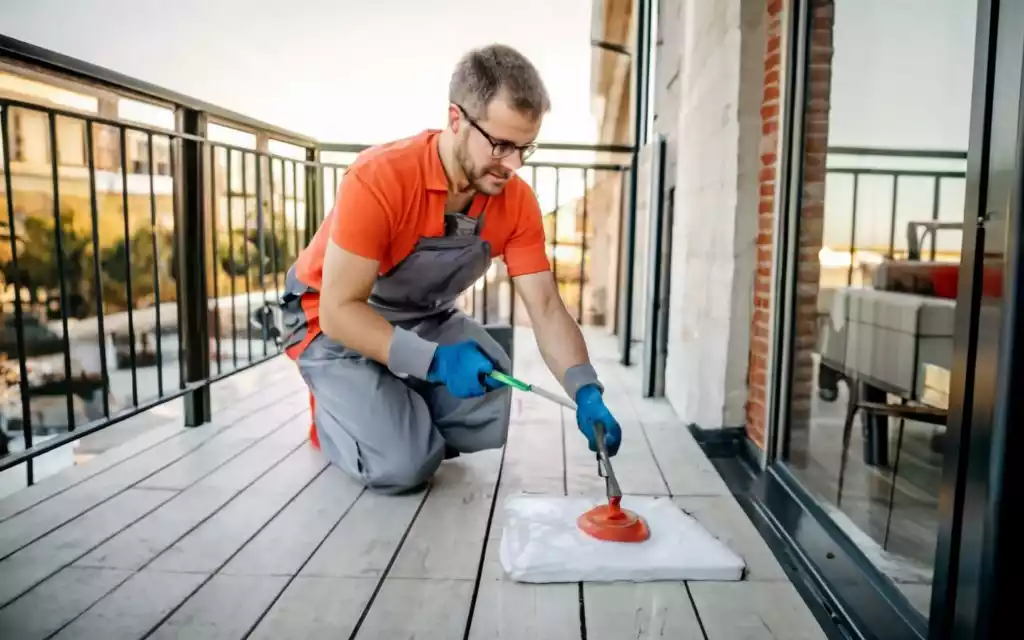
Keeping a sealed balcony floor in top condition extends its life and keeps it looking fresh. Regular maintenance is crucial. Sealed floors face weather changes and frequent foot traffic. Proper care ensures durability and beauty. Learn simple, effective ways to care for your sealed balcony floor.
Routine Cleaning And Maintenance Tips
Cleanliness is key to maintaining your balcony’s appeal.
- Sweep regularly to remove dirt and debris.
- Mop with a gentle cleaner suited for sealed surfaces.
- Address spills quickly to prevent stains.
- Avoid abrasive tools that can scratch the sealant.
Remember, gentle care keeps your balcony pristine.
When To Re-seal: Identifying Signs Of Wear
Your balcony’s sealant won’t last forever. Look for these telltale signs:
- Fading or discoloration of the flooring material.
- Peeling or flaking of the sealant layer.
- Visible cracks or damage where moisture can enter.
Spot these early to protect your balcony’s integrity.
Avoiding Common Mistakes After Sealing
Proper post-sealant practices are crucial.
| Mistake | Prevention Tip |
|---|---|
| Heavy foot traffic too soon | Wait 48 hours before using the balcony |
| Using harsh chemicals | Choose cleaners designed for sealed floors |
| Dragging furniture across the floor | Lift items to prevent scratches |
Respect the sealant’s drying time and handle with care.
Ensuring Long-lasting Protection
Sealing your balcony floor is not just a one-time task; it’s about creating a barrier that stands the test of time. Through this post, we have delved into the steps required for a strong, durable seal, capable of guarding against elements and wear. Let’s wrap things up by emphasizing the key practices that will help your balcony floor maintain its integrity far into the future.
Summarizing Key Takeaways Of Balcony Sealing
- Clean thoroughly before applying any sealant.
- Choose the right sealant for your floor type.
- Apply sealant properly, ensuring full coverage.
- Regular maintenance extends sealant life.
The Value Of Investing In Proper Floor Sealing
Investing in quality sealant and application makes a world of difference. Protect your investment in your home by using methods that safeguard the balcony against harsh weather, prevent water damage, and resist wear. This not only saves money on repairs but also boosts your property’s value and aesthetic appeal.
Additional Resources And Professional Services
For those who prefer a helping hand, numerous professionals specialize in balcony sealing. Don’t hesitate to reach out to local experts or consult online tutorials for additional guidance. Remember, the goal is a well-protected, beautiful space you can enjoy without worry.
FAQ’s
How Do You Seal An Outdoor Balcony Floor?
Clean the balcony floor thoroughly. Apply a primer suited for outdoor surfaces. Follow with a waterproof sealing product. Use a paint roller for even application. Allow it to dry completely.
How Do I Protect My Balcony Floor?
To protect your balcony floor, select durable outdoor flooring materials, apply weatherproofing sealants, use outdoor rugs, maintain regular cleaning, and install proper drainage to prevent water buildup.
What Is The Best Finish For Balcony Floors?
The best finish for balcony floors is weather-resistant, slip-resistant coatings like porcelain tiles, sealed concrete, or outdoor-rated ceramic tiles, ensuring durability and safety.
How Do You Fix A Leaking Balcony Floor?
To fix a leaking balcony floor, first identify the source of the leak. Seal any visible cracks with waterproof sealant. Apply a waterproof membrane over the entire surface. Re-apply tiles or finish if necessary. Ensure proper drainage to prevent future leaks.
What Materials Are Best For Sealing Balcony Floors?
Sealing balcony floors requires durable, water-resistant materials such as epoxy coatings, polyurethane sealants, or acrylic-based products to ensure a long-lasting and effective seal.
Conclusion
Sealing your balcony floor can greatly extend its lifespan and enhance your outdoor living space’s aesthetic. Remember, the right sealant and proper application are crucial for weatherproofing and protection. So, tackle this weekend project with confidence, and enjoy a refreshed, resilient balcony floor for seasons to come.

I am Robert Sandin, a professional sealing expert with a diverse range of expertise. From concrete to various other materials, I possess in-depth knowledge and experience in the art of sealing. On my website, I offer valuable tips and expert recommendations on sealing techniques and products for different materials. Whether it’s concrete, wood, metal, or more, I am committed to providing you with the guidance you need for successful sealing projects.

